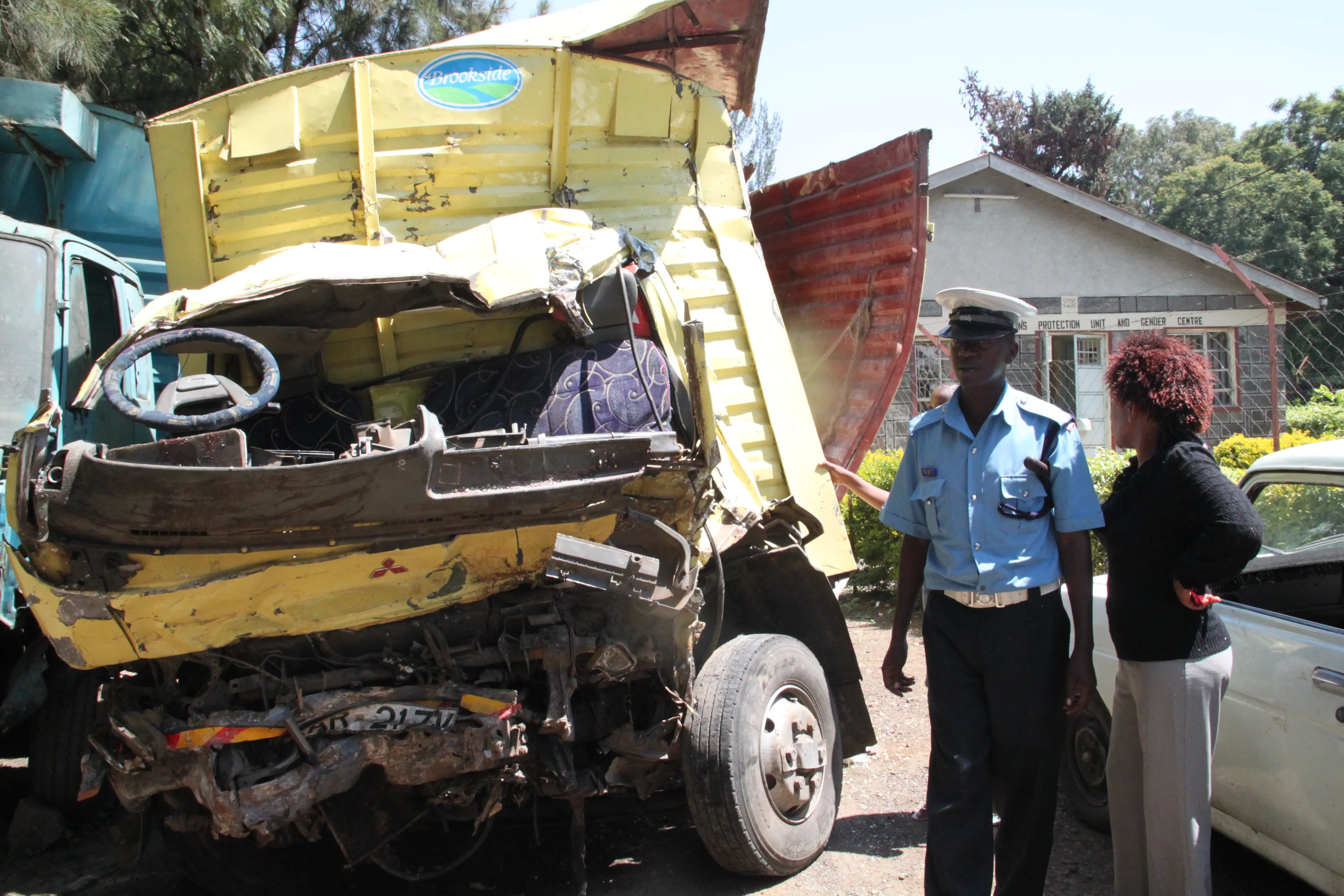Poor road safety worldwide is a serious cause for concern, with thousands being injured or killed across the glove every single day. The issue is highlighted by a new report by the
The WHO Global status report on road safety 2018 highlights that road traffic injuries are now the leading killer of children and young people aged 5-29 years. “These deaths are an unacceptable price to pay for mobility,” said WHO Director-General, Dr Tedros Adhanom Ghebreyesus. “There is no excuse for inaction. This is a problem with proven solutions. This report is a call for governments and partners to take much greater action to implement these measures.”
The WHO Global status report on road safety 2018 documents that despite an increase in the overall number of deaths, the rates of death relative to the size of the world population have stabilised in recent years. This suggests that existing road safety efforts in some middle- and high-income countries have mitigated the situation. “Road safety is an issue that does not receive anywhere near the attention it deserves – and it really is one of our great opportunities to save lives around the world,” said Michael R Bloomberg, Founder and CEO of Bloomberg Philanthropies and WHO Global Ambassador for Noncommunicable Diseases and Injuries. “We know which interventions work. Strong policies and enforcement, smart road design, and powerful public awareness campaigns can save millions of lives over the coming decades.”
In the settings where progress has been made, it is largely attributed to better legislation around key risks such as speeding, drinking and driving, and failing to use seat-belts, motorcycle helmets and child restraints; safer infrastructure like sidewalks and dedicated lanes for cyclists and motorcyclists; improved vehicle standards such as those that mandate electronic stability control and advanced braking; and enhanced post-crash care.
The report documents that these measures have contributed to reductions in road traffic deaths in 48 middle- and high-income countries. However, not a single low-income country has demonstrated a reduction in overall deaths, in large part because these measures are lacking. In fact, the risk of a road traffic death remains three times higher in low-income countries than in high-income countries.
The rates are highest in Africa (averaging 26.6/100,000 population) and lowest in Europe (averaging 9.3/100,000 population). On the other hand, since the previous edition of the report, three regions of the world have reported a decline in road traffic death rates: Americas, Europe and the Western Pacific. Variations in road traffic deaths are also reflected by type of road user.
Globally, pedestrians and cyclists account for 26% of all road traffic deaths, with that figure as high as 44% in Africa and 36% in the Eastern Mediterranean. Motorcycle riders and passengers account for 28% of all road traffic deaths, but the proportion is higher in some regions, such as 43% in South-East Asia and 36% in the Western Pacific.
WHO’s global status reports on road safety are released every two to three years, and serve as the key monitoring tool for the Decade of Action for Road Safety 2011-2020. Compared to the previous report in the series released in 2015, other findings from the Global status report on road safety 2018 show that 22 additional countries amended their laws on one or more risk factors to bring them in line with best practice, covering an additional 1 billion people. In addition, 46 countries representing 3 billion people now have laws setting speed limits that align with best practice. Meanwhile 45 countries representing 2.3 billion people currently have drink-driving laws that align with best practice. And countries representing 2.7 billion people, currently have laws on motorcycle helmet use that align with best practice.
In all, 105 countries representing 5.3 billion people, currently have laws on seat-belt use that align with best practice. Just 33 countries representing 652 million people, currently have laws on the use of child restraint systems that align with best practice. However, 114 countries currently undertake some systematic assessment or star rating of existing roads. Worryingly, only 40 countries representing 1 billion people, have implemented at least seven or all of the eight priority UN vehicle safety standards. More than half of countries (62%) have a telephone number with full country coverage to activate the emergency care system.
The Global status report on road safety 2018 was funded by Bloomberg Philanthropies.
Poor road safety worldwide poses a cause for concern
Poor road safety worldwide is a serious cause for concern, with thousands being injured or killed across the glove every single day. The issue is highlighted by a new report by the World Health Organisation (WHO). This indicates road traffic deaths continue to rise, with annual road fatalities now reaching 1.35 million, compared with 1.25 million just three years ago.
The WHO Global status report on road safety 2018 highlights that road traffic injuries are now the leading killer of children and young peo
December 7, 2018
Read time: 4 mins







